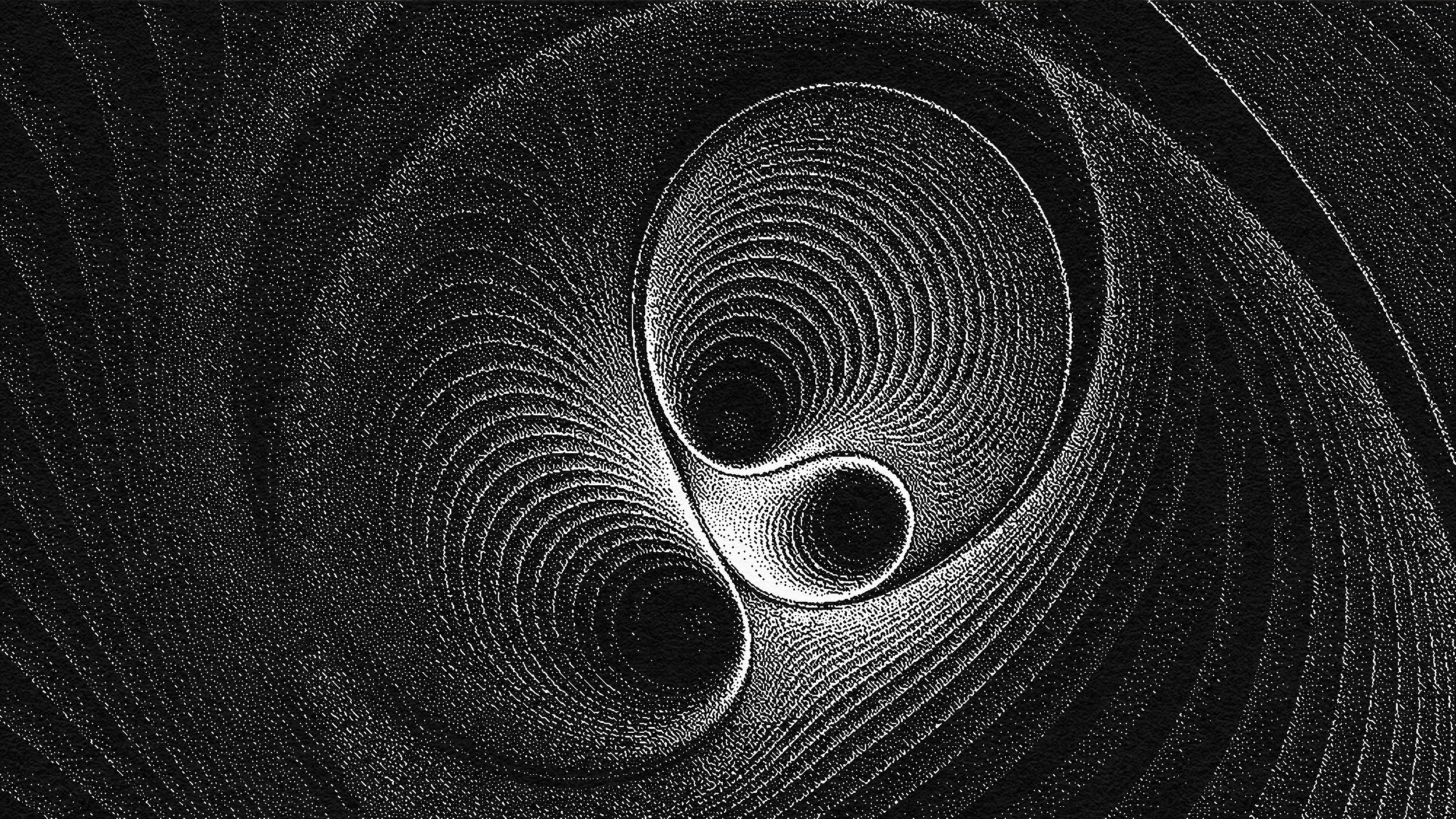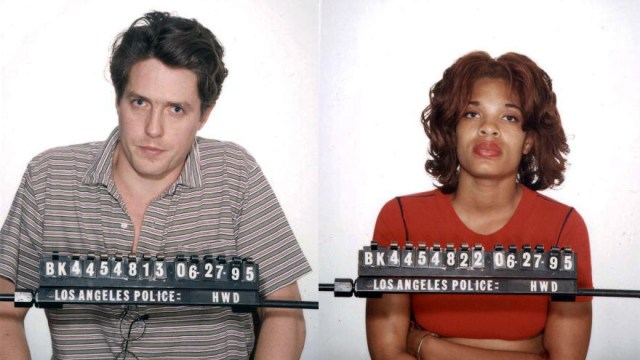Throwback Thursday: How The Higgs Gives Mass To The Universe
It’s been more than three years since we’ve found the Higgs boson. So how does it give particles mass?
“This is evidently a discovery of a new particle. If anybody claims otherwise you can tell them they have lost connection with reality.” –Tommaso Dorigo
You’ve probably heard the news by now: the Higgs boson — the last undiscovered fundamental particle of nature — has been indisputably found.
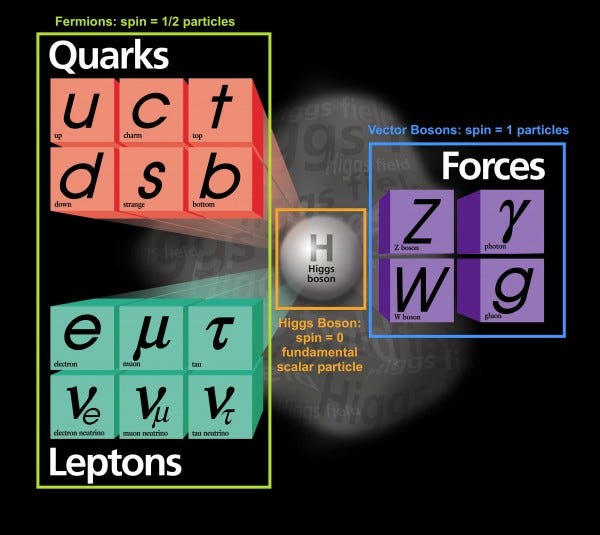
Indeed, the data has kept rolling in; fifteen years into the 21st century, even after finding liquid water on Mars, visiting Pluto and finding thousands of exoplanets, this still might be the discovery of the new millennium.
Rather than recap the scientific discovery itself — CMS and ATLAS have both confirmed a spin-0 scalar boson with much greater than 5.0-σ confidence — of the Higgs particle at a rest mass of 125–126 GeV, I want to focus on something else.
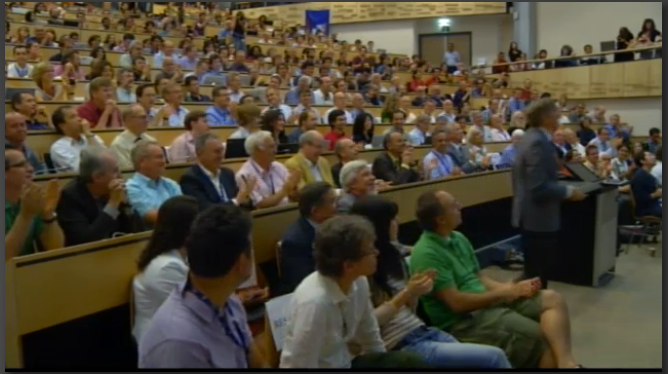
Yes, the Higgs boson has been discovered! That’s indisputably good news. You may have also heard that the Higgs gives mass to everything in the Universe, and that it’s a field.
The odd thing is that all of these things are true, if not intuitive. There have been some attempts to explain it simply, but as you can see, even the top ones are not very clear. One of the things we have to keep in mind is that a field and a particle (like a boson) are very different things.
So let’s give you a very meaty question to sink your teeth into: How do fundamental particles, including the Higgs boson, get their mass?
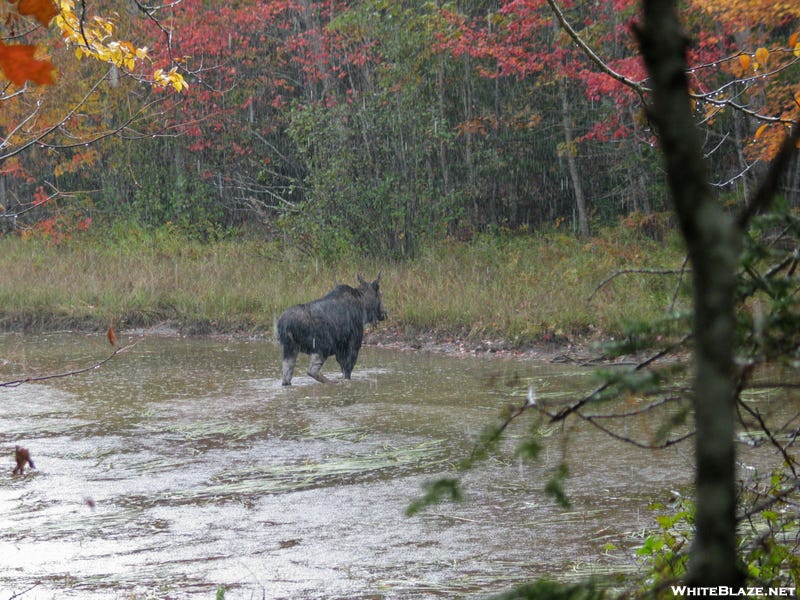
The Higgs field is like rain — a constant, unavoidable rain — and there is no place you can go to keep dry. Just like there’s no way to shield yourself from gravitation, there’s no way to hide from the rain that is the Higgs field.
If there were no Higgs field at all, all the fundamental particles would be like dried-out sponges. Massless (you have to use your imagination), dried-out sponges.
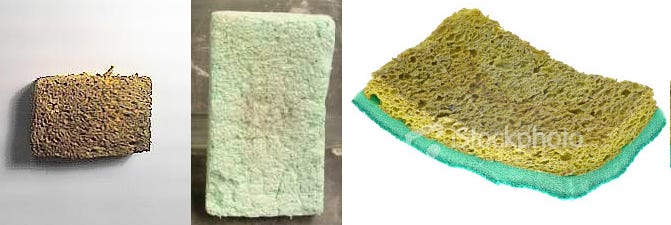
But they were only massless when they were dry. You can’t keep these sponges out of the rain, and when you can’t stop them from getting wet, they then carry that water with them, and that water gives them a mass.
Some sponges can only carry a little bit of water, while others can expand to many times their original size, carrying very large amounts of water with them once they’re fully expanded.
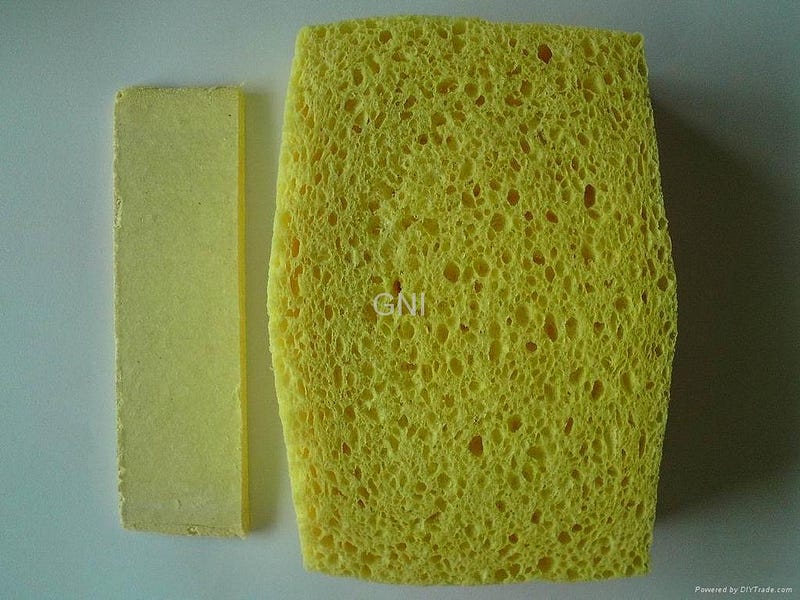
The most massive fundamental particles are the ones that couple most strongly to the Higgs field, and are like the sponges that expand the most and hold the most water in the rain. Of all the particles I’ve shown you, atop, there are just two that are truly massless, and hence don’t couple to the Higgs at all: the photon and the gluon.
They can be represented by massless sponges, too, except they are water repellent sponges on top of that.
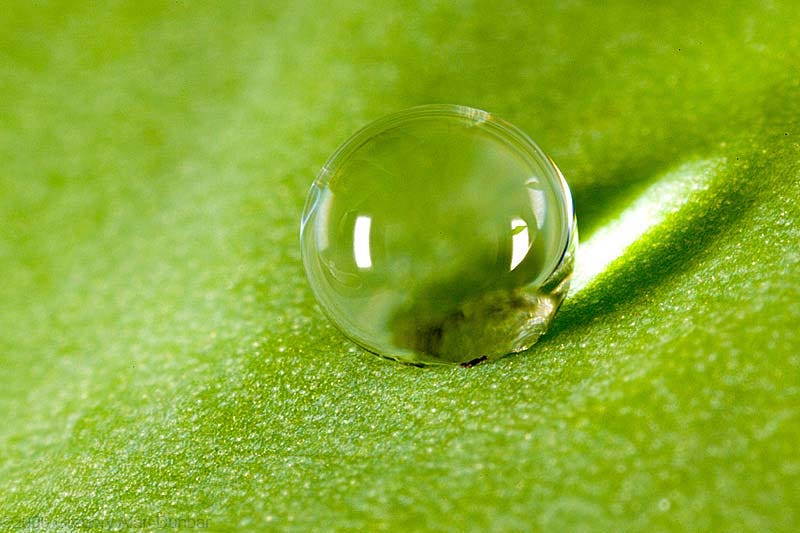
So, the Higgs field is rain, all the particles are like various types of sponges (with various absorbencies), and then… then there’s the Higgs Boson. How can the Higgs field — the rain — be related to a particle — the Higgs Boson — too?

If it weren’t raining — if there were no source of water — your intended water balloon would be a sad failure. If there were no Higgs field, there wouldn’t be a Higgs boson; at least, not one of any interest, and not one with any mass nor one with any interactions.
But the water comes from the Higgs field, and it also fills the balloon that is the Higgs boson: the Higgs field gives mass to all the particles that couple to the Higgs field, including the Higgs boson itself!
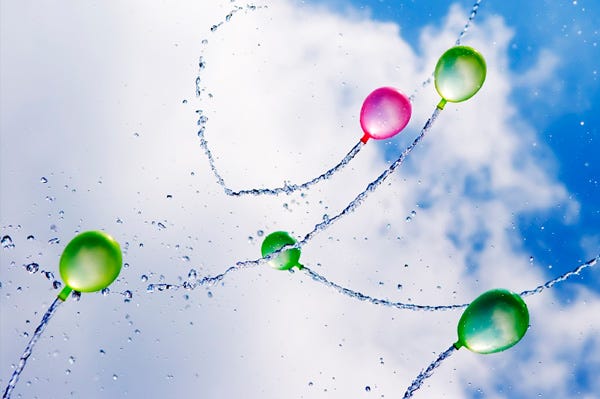
Without the water, the balloons and the sponges would be far less interesting, and without the Higgs field, the Higgs boson and all the other fundamental particles would have no intrinsic mass to them.
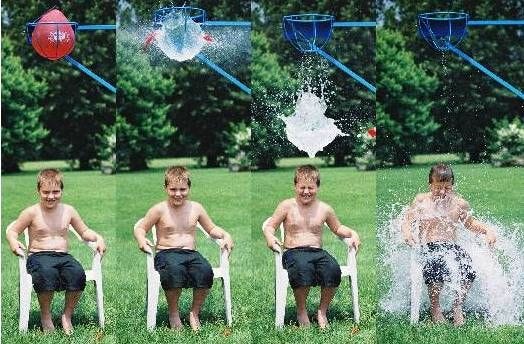
It’s the fact that the Higgs field is everywhere, that it couples to everything (except photons and gluons), and that it couples more strongly to some particles than others that gives them all different masses. The fact that there’s a self-coupling — something special to the Higgs — makes the Higgs boson different than all the other particles, but also explains why it has mass at all.
So that’s how the Higgs field gives mass to all the particles in the Universe, including the newly-discovered boson itself. Just like water can seep its way into almost anything, making it heavier, the Higgs field couples to almost all types of fundamental particles — some more than others — giving them mass.
And the great new find? We’ve been able to create and detect enough Higgs Bosons at the Large Hadron Collider to confidently announce — for the first time — that we’ve discovered it, that we’ve determined its mass (around 133 times the mass of a proton), and that it agrees perfectly with what our understanding of the Universe currently is.
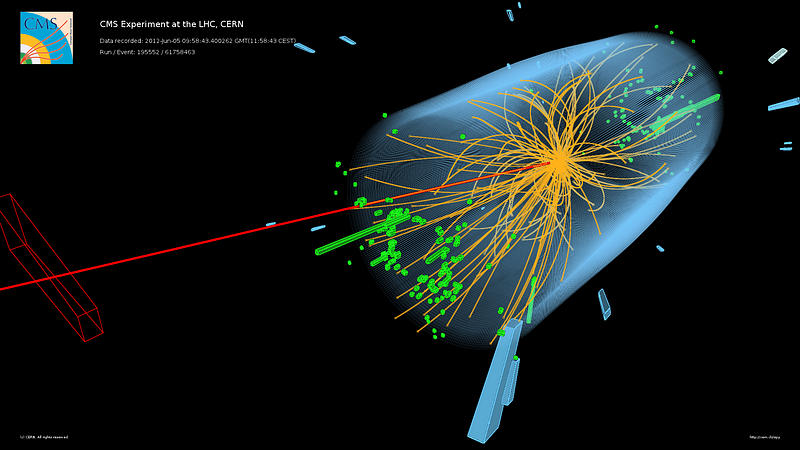
And what this means is that if there’s physics beyond the Standard Model, the LHC has so far given us no indication that the known particles or interactions need it. With the Higgs, the six quarks, the six leptons, the gluons and the electroweak bosons, we have everything we need to make the particles of the Universe behave as they do: mass included.
Leave your comments on our forum, and support Starts With A Bang on Patreon!



